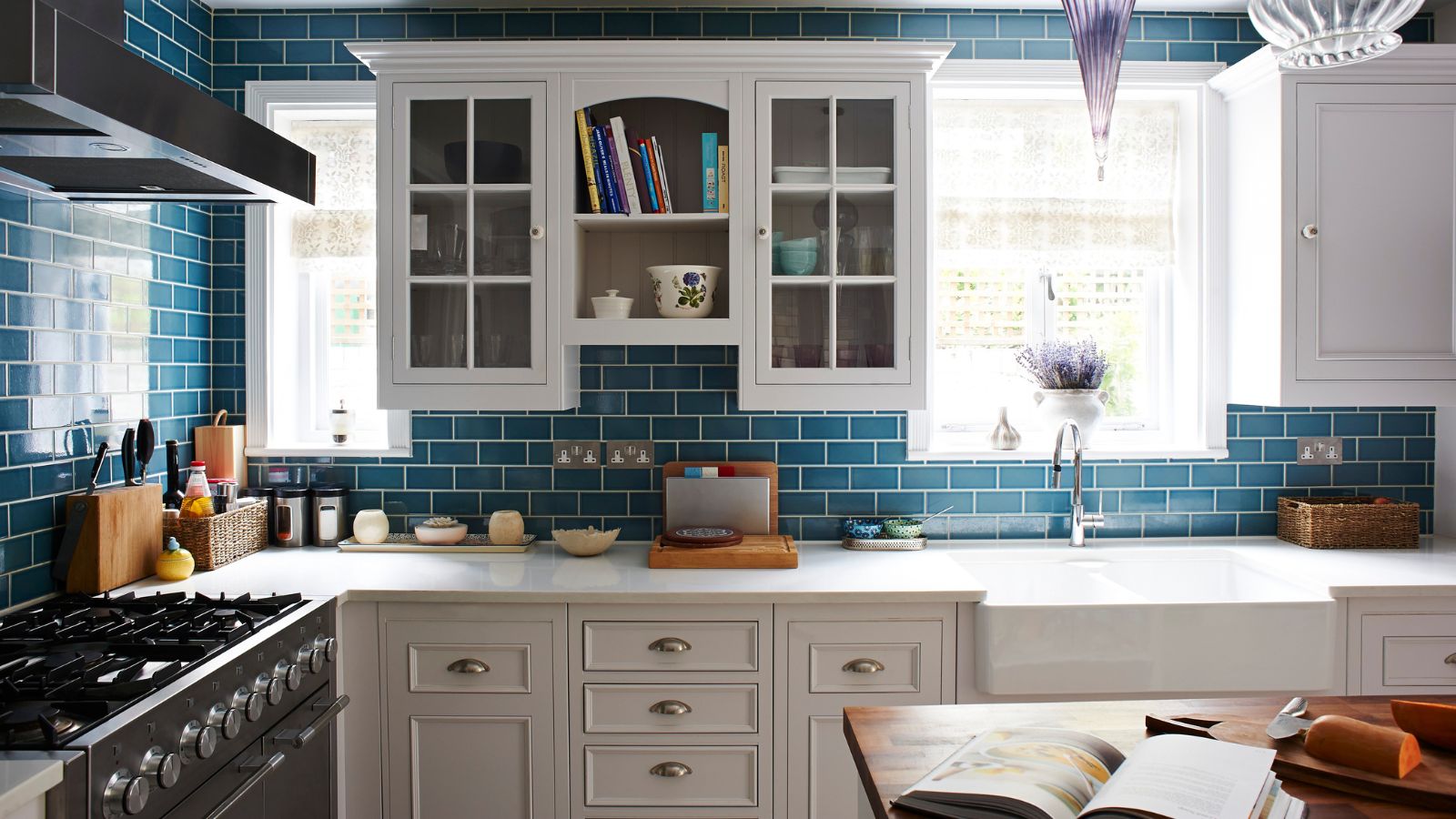
When planning a tile project, you might not have considered the differences between sanded vs. unsanded grout. But choosing the right grout is far more than just picking a color.
The texture and composition of grout play a major role in the durability, finish, and ease of installation, and each have distinct characteristics that make them better suited for different tiling scenarios.
For that very reason, the best DIY tips include being aware of the key differences between these popular types of grout. Here, our industry pros share their top tips on how to choose the right one for you, to help you avoid cracks, slumps, or tile damage down the line.
What are the key differences between sanded vs. unsanded grout?
As the names suggest, the main difference between sanded vs. unsanded grout is the presence of sand particles.
Sanded grout contains fine sand, making it grittier and more durable, while unsanded grout is smoother and free of sand. This impacts where each type should be used, whether you're tiling countertops, laying bathroom wall tiles, or installing a backsplash.
Elizabeth Vergara, founder and principal designer of Vergara Homes, says, 'Sanded grout is more durable and ideal for wider joints – think anything over 1/8 of an inch. It has more "grip" and helps resist cracking in areas that get a lot of movement. Unsanded grout is better for tighter joints under 1/8 of an inch, like with delicate glass or polished stone tiles, because it won’t scratch the surface.'
Wells Ye, founder of Fresh Tech Maid, adds, 'For me, durability is a key difference to factor in. Sanded grout's sand content makes it more robust and less likely to shrink or break – so it's ideal for high-traffic areas. Unsanded grout, lacking that aggregate, is less robust, but easier to apply in tight spaces or on delicate surfaces.'
What are the pros and cons of sanded vs unsanded grout
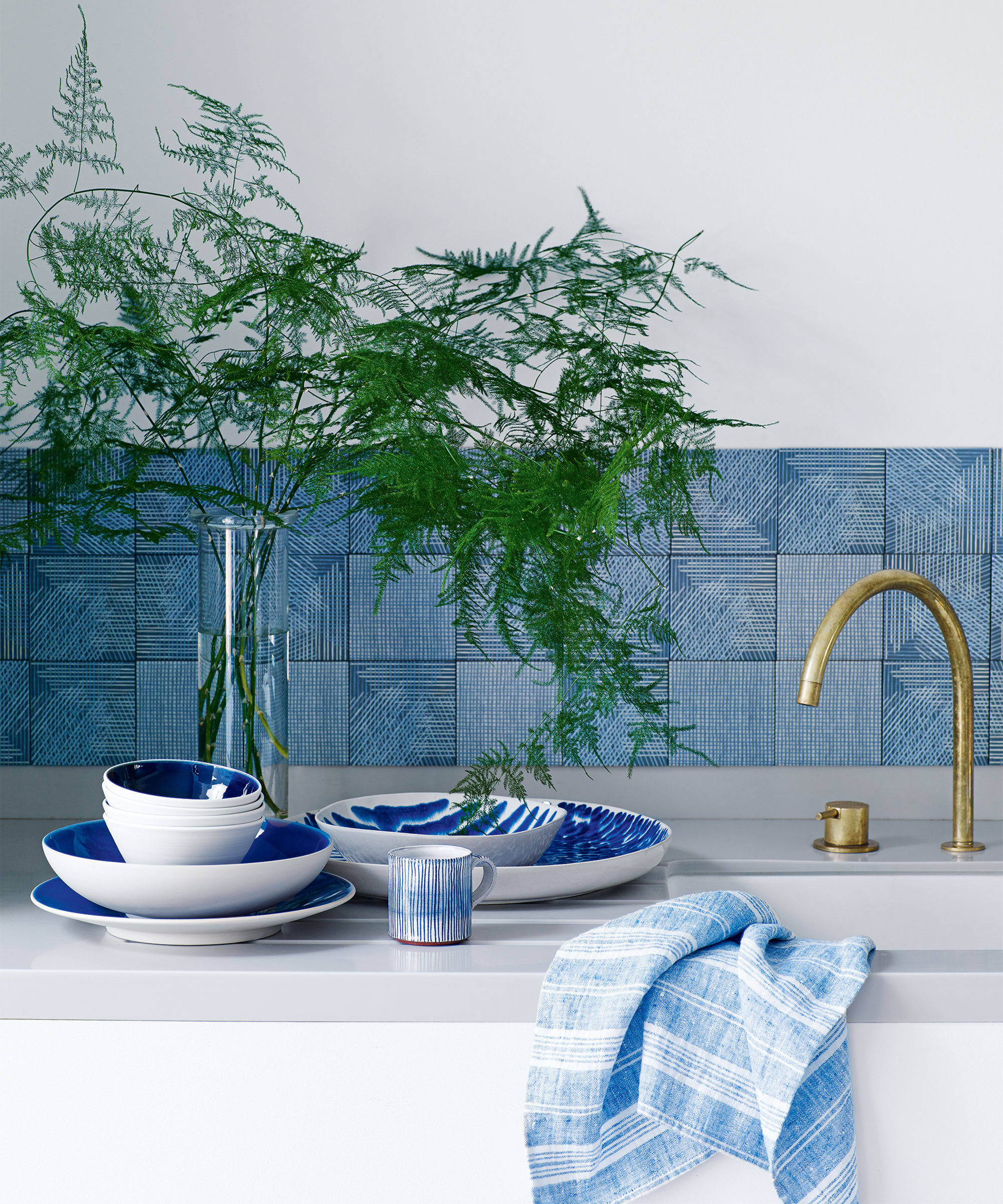
Sanded grout is more affordable, shrink-resistant, and strong – ideal for high-traffic areas like when tiling a floor, for example. However, it can scratch soft tile surfaces and is harder to squeeze into narrow joints.
Unsanded grout, by contrast, is easier to apply in small spaces and is gentler on delicate tiles. The trade-off is that it's less durable, more prone to shrinkage, and not as effective for wide joints where cracking is a risk. This may see you needing to remove tile grout and redo it more often.
Wells advises, 'Sanded grout is pretty much my go-to. It's way cheaper, shrink-resistant, and seriously tough, so it can handle people walking all over it day in, day out. I also like that you can get plenty of color choices – everything from basic beige to wild blues or reds, so you can really make the tile job look how you want it.
'However, it can be trickier to apply in narrow joints, and its rough texture means it traps dirt, requiring regular scrubbing to keep it looking fresh.' This can make cleaning grout in floor tiles considerably more time-consuming and tricky.
Elizabeth adds, 'Unsanded grout, on the other hand, is easier to work into tight seams and perfect for vertical surfaces like bathroom walls, but it can shrink or crack more easily if applied too thickly.'
For general grout cleaning, Alex Varela, manager of Dallas Maids, says, 'From a cleaning standpoint, I think sanded grout is by far the better option. You only need a mix of water, dish soap and a whitening agent like hydrogen peroxide. Just mix until you form a paste, spread on the grout and scrub with a toothbrush.
'If you want to try a commercial alternative, I recommend the Mapei Grout Refresh Colourant and Sealant from Walmart. It’s a grout cleaner and sealer that packs a punch – a little goes a long way.
'For unsanded grout on your bathroom tiles, I’ve found dish soap and a steam cleaner to be the best way to clean shower grout. Start by mixing 1 tbsp of dish soap in half a gallon of hot, but not boiling, water. Spray the surface, wait five minutes, and run your steam cleaner with the circle bristle brush.'
As well as an affordable sonic scrubber bathroom hero, Varela recommends the Steamify Pressurized Handheld Steam Cleaner from Amazon, adding, 'It's really affordable, effective, and small enough to be carried everywhere. Plus, it’s useful for other areas, especially the kitchen.'
How to choose between sanded vs. unsanded grout

To pick the right grout, start by assessing the tile joint width and tile material. If you're working with natural stone in your home, vertical surfaces, or fine decorative tiles, unsanded grout is usually the better choice.
For porcelain or ceramic tiles with wider gaps, sanded grout offers the durability required. Consider the room, too – bathroom walls may benefit from unsanded grout, while kitchen or hallway floors need the strength of sanded options.
As Karina Toner, operations manager at Spekless Cleaning, says, 'When it comes to selecting the best grout for your project, it all comes down to two main things: the width of your grout lines and the type of tile you’re working with.
'If your grout lines are narrow (less than 1/8 inch), you’re probably going to want unsanded grout. It’s smoother, easier to work into tight spaces, and won’t scratch soft or glossy tiles like glass or marble. Think backsplashes, shower walls, or decorative tile work. It gives you a nice, clean finish without the grit.
'But if your grout lines are wider (1/8 inch or more), then sanded grout is usually the way to go. It’s tougher, holds up better under foot traffic, and resists cracking and shrinking. That makes it perfect for floors, entryways, and anywhere that sees a lot of action.'
Wells adds, 'A pro tip: always follow the manufacturer's mixing instructions and curing times. I rushed a floor project once, and the grout cracked because I didn't let it cure for the full 48 hours. Also, invest in a good sealant for sanded grout, especially in wet areas, to extend its lifespan.'
Miracle Sealants' 511 Impregnator Sealer, available from Amazon, is among the most reliable products on the market, trusted by thousands of satisfied customers, and suitable for multiple surfaces including granite, quartz, and grout.
What to shop
Whether tools for application, cleaning, or the brand of grout itself, industry pros have favourites they rely on time and again in the trade.
Here are some of the best products, with our industry experts' reasons for recommending each.
All prices were correct at the time of publication.
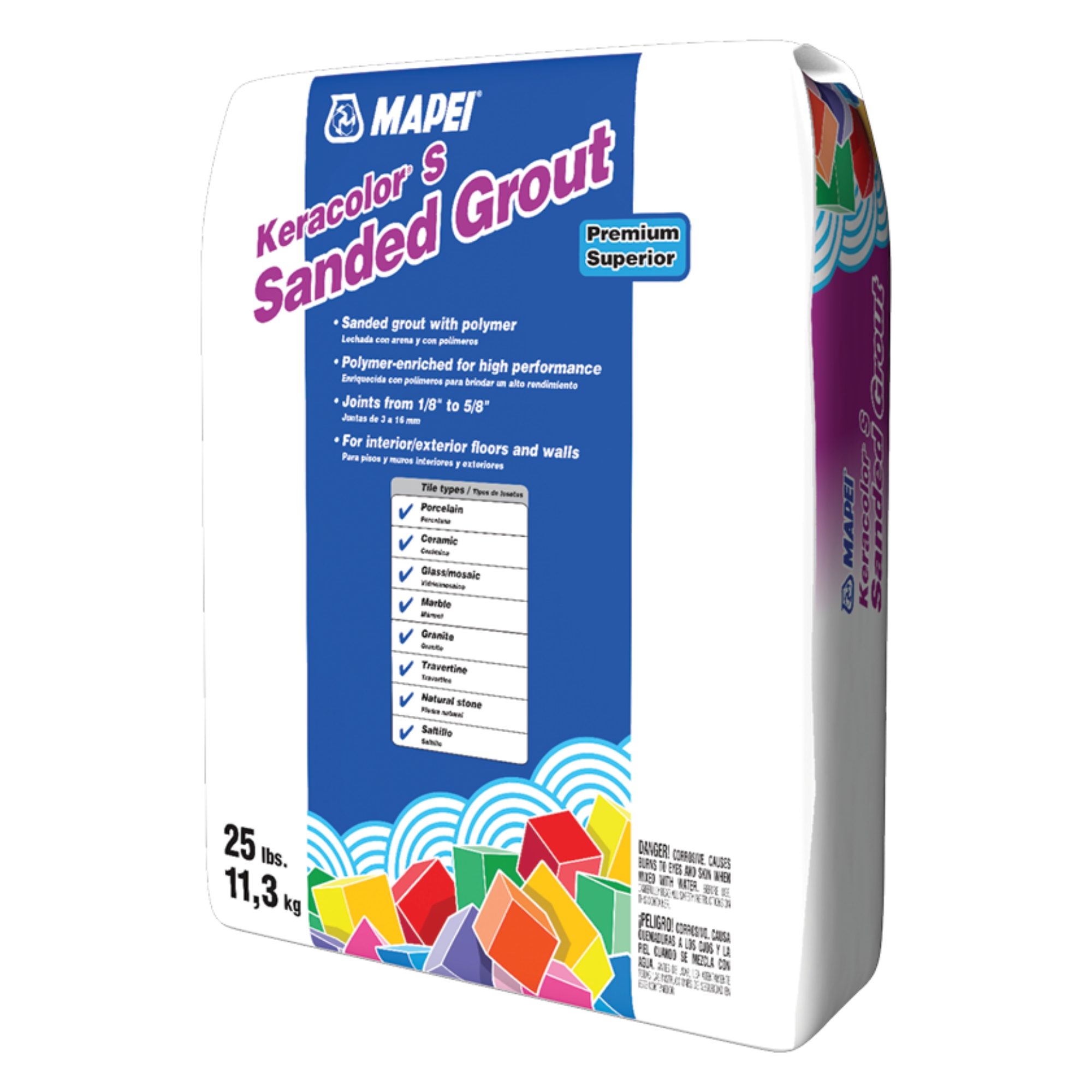
Wells says, 'I rate this product highly for its consistent color and durability, making it perfect for floor-tiling projects. Its fine particles reduce shrinkage, and it's available in a range of colors to match any design.'
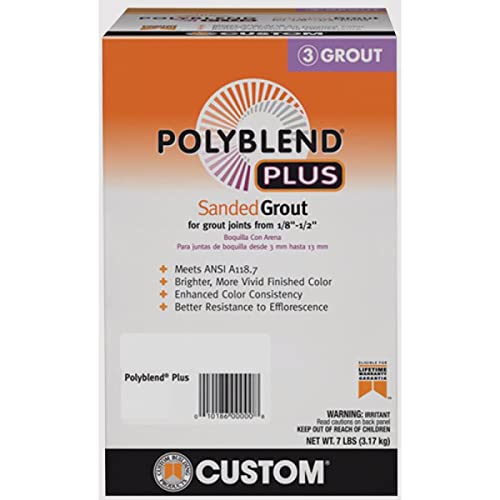
Elizabeth recommends this popular and widely-available grout brand, saying, 'I’ve used this brand for years on floors and shower surrounds. It's easy to mix, color-consistent, and holds up beautifully over time.'
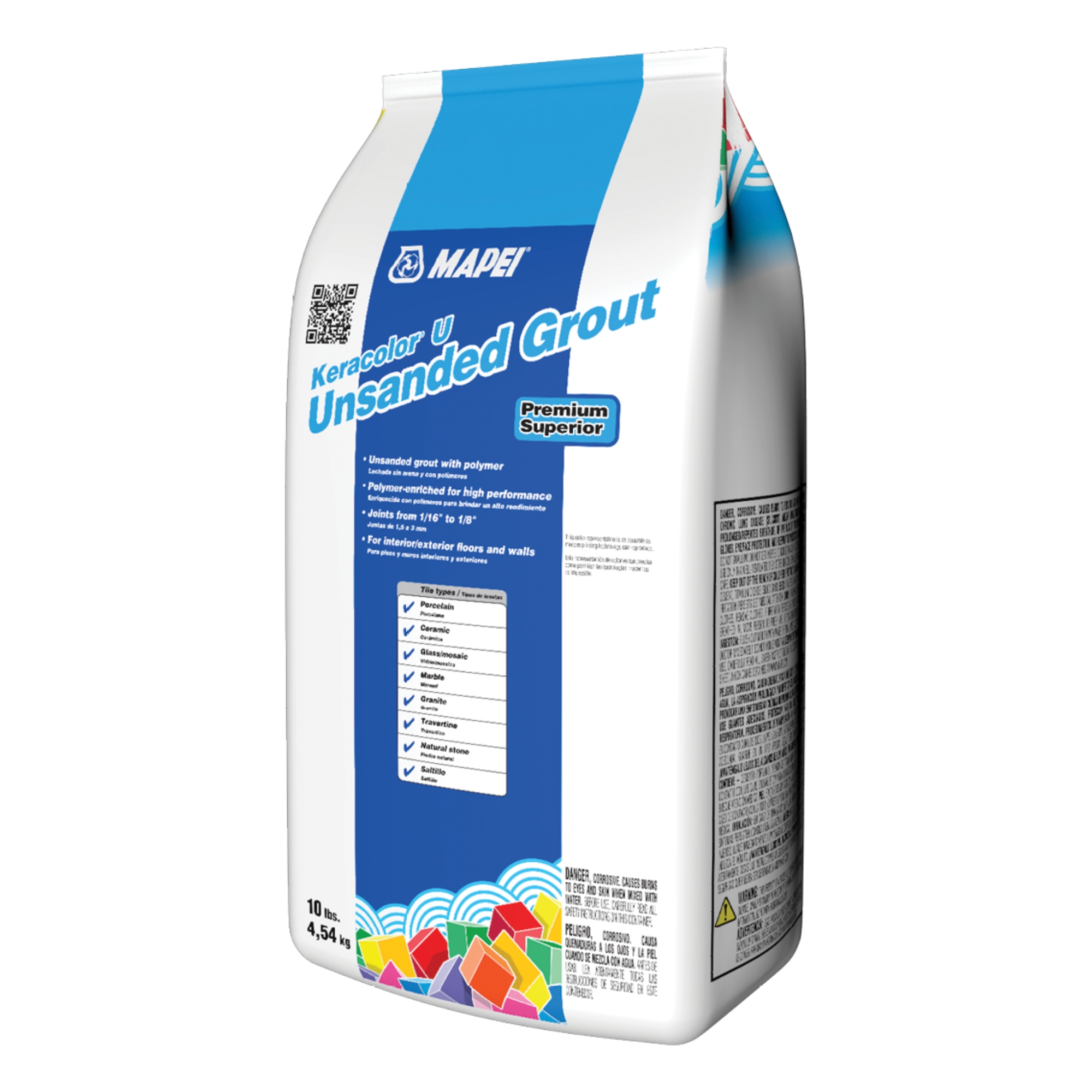
Wells says, 'This unsanded grout is my favorite for backsplashes and delicate tiles because of its smooth texture and ease of application. It flows effortlessly into narrow joints and doesn't require sealing in low-moisture areas.'

Karina recommends this non-scratch sponge. She says, 'Perfect for cleanup, its gentle on tiles but strong enough to clean grout haze. Plus, it’s way more durable than your average sponge and doesn’t scratch surfaces.'
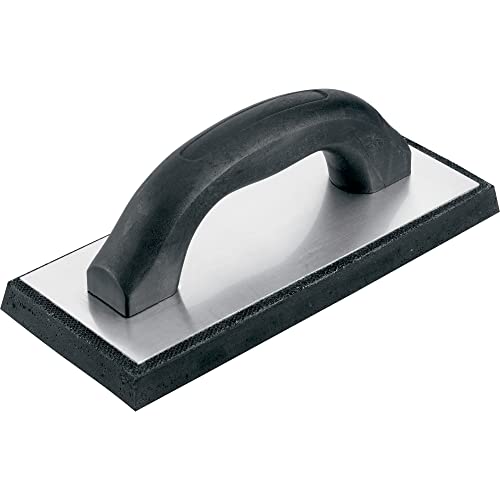
Karina likes this molded grout float. She says, 'A must-have tool for applying grout evenly, this one has a comfortable grip and a firm rubber pad, which makes it easy to get grout into joints without spoiling your tile surface.'

Wells recommends this non-toxic, waterproof grout pen that comes in 10 different shades, so you can match your grouting color precisely. 'The pack contains two low-odor, eco-friendly pens, which dry fast,' he says.
Meet the experts
FAQs
Can I use unsanded grout for floor tiles?
You can, but it’s generally not recommended unless the grout lines are very narrow and the tiles are delicate. Unsanded grout is more prone to cracking on floor surfaces, especially under pressure. Sanded grout offers more strength and longevity for foot traffic areas.
Does grout type affect mold resistance?
Yes. While neither type is completely mold-proof, unsanded grout is denser, which can help resist moisture penetration slightly better in small joints. However, both types benefit from proper sealing and ventilation to stop mold, especially in bathrooms or damp environments.
Can I mix sanded and unsanded grout?
Mixing the two is not advisable. Each has a specific formula designed for different applications, and combining them can compromise adhesion, color consistency, and structural integrity. It's best to choose the right type for the job and stick with it.
Choosing between sanded vs. unsanded grout isn’t just a small detail – it’s a critical decision that affects the lifespan and appearance of your tiling project. By understanding the differences and matching the grout to your tile size and material, you’ll set your DIY job up for long-term success.
Just keep the grouting mistakes to avoid when tiling in mind when getting the job done.







